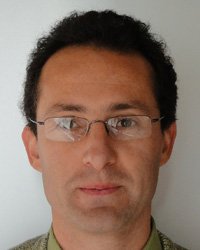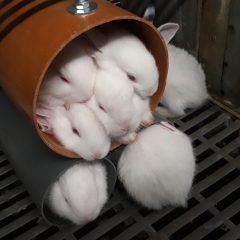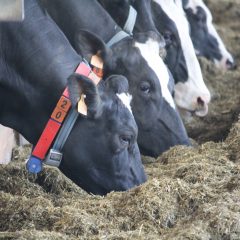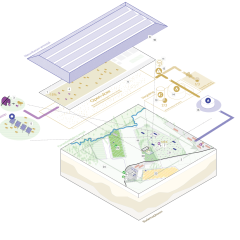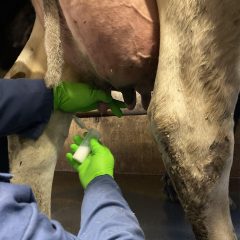Research project Methane reduction from grazing in dairy cattle
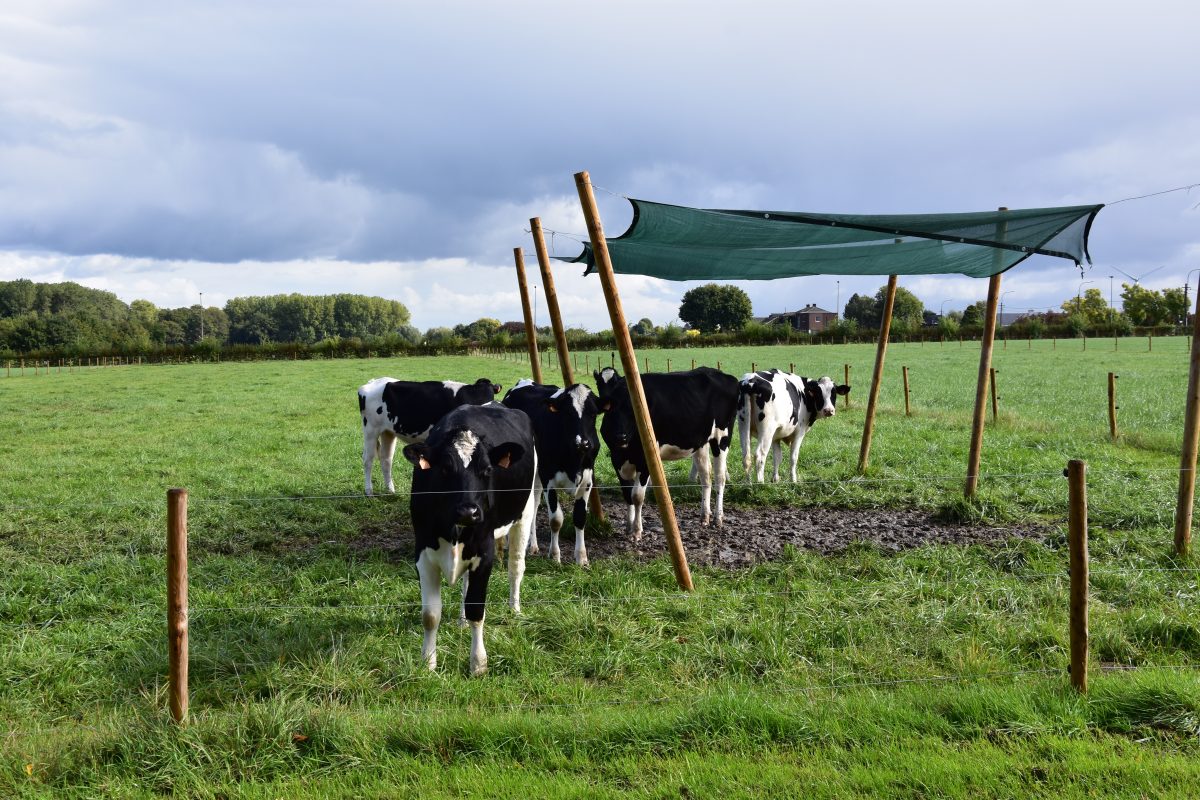
General introduction
The current feed measures in the Flemish Covenant on Enteric Emissions Cattle 2019-2030 (CEER) mostly target lactating barn-fed dairy cows. The METHGRAS project focuses on how much methane an outdoor, grass-eating cow emits, and how to reduce these emissions. As of 2024, the Flemish Covenant Enteric Emissions Cattle 2019-2030 (CEER) now guarantees reduction measures for cows that stay indoors. Additional measures under a grazing regime are also highly desirable, because in Flanders many dairy cows spend at least 6 hours a day at pasture for 120 days a year (for certified pasture milk). Both in the Netherlands (WUR) and Ireland (Teagasc), as well as in Flanders (ILVO with project GrASTECH) have found in some trials that grazing in itself leads to less methane production (6-18%), compared to barn-fed animals. The phenomenon is mainly there during spring grazing. The difference is not in reduced dry matter intake, it appears. Methgrass seeks explanations, and reduction strategies.
Research approach
To fundamentally understand the methane emission figures under grazing, and then tweak them in a targeted way, the researchers are delving into fundamental scientific questions around feed evaluation, rumen function and digestion. With that information, researchers in both Flanders and the Netherlands then set up targeted field trials: they measure the animals on the pasture using GreenFeed equipment in order to precisely determine their methane production. This is done in spring and autumn, because the grass becomes richer in sugar during the season. Grazing as a methane-reduction measure for a longer period of time can thus be substantiated and implemented. We are also investigating the extent of differences that occur depending on whether an animal grazes on only (classic) ryegrass or on herb-rich grass with clover and plantain.
Relevance/Valorization
Obtaining additional, substantiated and recognized CESR measures is an urgent demand of the dairy industry in the context of the mandatory reduction of enteric emissions by 2030. The cost of available measures also appears to be an important argument. If enough reduction in methane emissions can be achieved by (part-time) grazing this may lead to a cost reduction and therefore a better implementation of the CES measures.
Financing
Agentschap Landbouw & Zeevisserij
Wageningen UR Livestock Research
